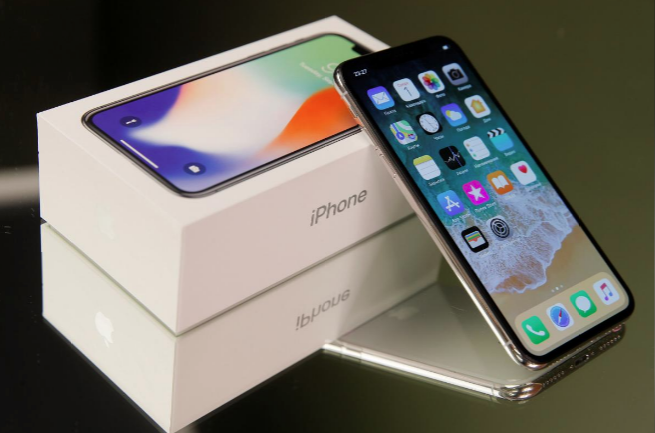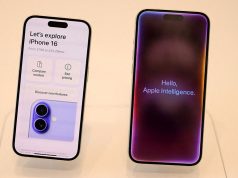
SYDNEY, AUSTRALIA — Hundreds of people queued outside Apple Inc’s store in central Sydney early on Friday to be among the first in the world to buy the new iPhone X, a turnaround from more lacklustre launches for the past two iterations of the phone.
The Sydney shop opened soon after Apple released fourth-quarter results with a rosy forecast for holiday-season sales, allying concerns about phone production delays and sending shares to an all-time high in after-market trade.
Around 400 people lined up outside Apple’s flagship Sydney branch to pay A$1,579 (932.94 pounds) for the 10th-anniversary model, a glass-and-stainless-steel device that Chief Executive Tim Cook billed as “the biggest leap forward since the original iPhone.”
“It’s beautiful bro, what a feeling, I‘m excited,” builder Bishoy Behman, 18, told Reuters after picking up two phones as the first person in the queue.
Behman, who plans to sell the phones on for around A$3000 each, said he camped outside the store for a week before paying to improve his place in line overnight.
“I‘m here for the profit, of course, it’s business,” he said.
Apple opened pre-orders for the iPhone X on Oct. 27 and has said demand has been “off the charts,” though some analysts had worried supply chain issues might prevent the company from making enough phones to satisfy demand.
Apple Chief Financial Officer Luca Maestri told Reuters on Thursday the company was “quite happy” with how manufacturing of the iPhone X was progressing, noting that “production is growing every week, and that’s very, very important during a ramp period.”
The iPhone X comes a decade after the original iPhone, the product that powered Apple’s rise to become the world’s biggest technology company with a market capitalisation of $862 billion.

After a low-key release of the iPhone 8 – essentially an incremental advance over the iPhone 7 – several weeks ago, crowds came back for the iPhone X.
Lines had already started to form outside Apple’s New York City stores on Thursday evening, with a salesperson at one shop in the Upper West Side telling Reuters about 20 people had queued up so far.
The most immediately noticeable change to the iPhone X from previous models is the removal of the physical home button and fingerprint sensor that customers use to unlock the device.
The phone is instead unlocked with a so-called Face ID system, which uses a depth-sensing camera on the front of the phone to let the user unlock it with his or her face.
“I thought not having a home button would be an adjustment, but the new gestures are easy to learn and very natural,” IT worker Greg Johnson told Reuters after testing his new phone in Sydney.
Apple forecast fiscal first-quarter revenue of $84-87 billion. Analysts on average were expecting $84.18 billion, according to Thomson Reuters I/B/E/S. The company’s net income rose to $10.71 billion in the fourth quarter from $9.01 billion a year earlier.










